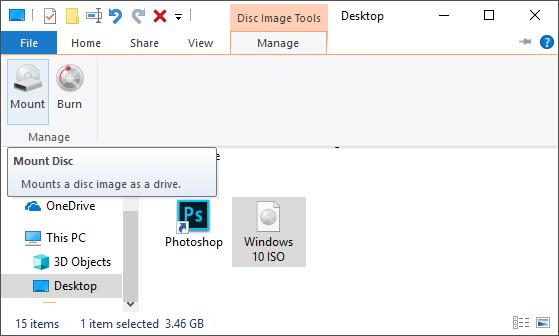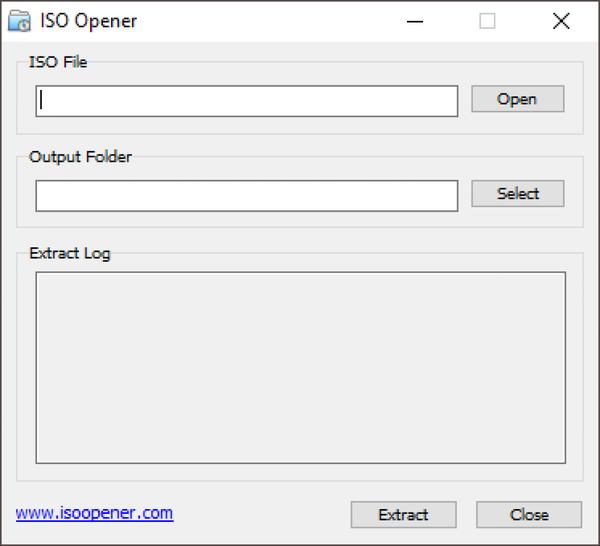
www.makeuseof.com How to Mount and Extract ISO Files on Windows
Why burn an ISO to a disk when you can run them on Windows just fine?
If you want the data from a disk (such as a Windows installation disk), but you don't want to purchase a physical CD, you can use the ISO file instead. An ISO file is a "blueprint" of a disk, meaning it contains all the data you'd find if you bought the physical CD. Manufacturers use ISO files to distribute drivers, software, or operating systems to end-users.
While you can format an ISO onto a CD, Microsoft Windows 10 comes with a built-in tool that allows you to mount ISO files in the operating system itself. That means you don't need to purchase a disk if you want to run the ISO. In this article, we will demonstrate how to mount ISO images using PowerShell commands, alongside some third-party tools on Windows.
1. How to Use File Explorer to Mount ISO Images
If you're using Windows 10 or 11, you don't need third-party software to mount ISO images. You can do everything you need within File Explorer, without any additional tools or downloads. Here's how:
MAKEUSEOF VIDEO OF THE DAYAlternatively, you can also use this method to mount ISO images in File Explorer. To do so, follow these steps:
Related: How to Create an ISO Image of Your Windows System

You can also use the ribbon menu to perform the same task. To mount an ISO file in the File Explorer using the ribbon menu, follow these steps:
2. How to Use Third-Party Software to Mount ISO Disk Image Files
If you run Windows 7 or lower versions, Windows Disk Image Burner isn't available to you. However, you can still use some third-party software to mount ISO files on Windows 7 or lower. Some popular ISO mounting tools that you can use are:
For this guide, we will be using WinRAR to demonstrate how to mount ISO images.
To extract ISO files using WinRAR, follow the steps below:
This will extract the contents of the ISO image into the ISO file folder. The disk image will not be mounted, but you can extract the contents of the disk image to any location you desire without mounting it.
Related: The Best Tools to Open RAR Files
Mount ISO Files on Windows Effortlessly
Mounting ISO files on Windows 10 or above is relatively easy compared to previous versions. This is because Windows 10 comes with a native tool in File Explorer.
You can choose any of the methods mentioned above to mount ISO images if you are running Windows 10. Although the processes are different, they’ll end up the same.
Microsoft Releases Official Windows 11 ISOs Read NextShareTweetShareEmail Related TopicsAbout The AuthorVarun Kesari(47 Articles Published)Varun Kesari is the Junior Editor at MakeUseOf for the Office & Productivity and Work & Career sections. His career in tech journalism began in 2015, and he has written and edited for various well-established publications. He is passionate about all things related to technology. You can reach out to him: varunkesari@makeuseof.com
MoreFrom Varun KesariJoin our newsletter for tech tips, reviews, free ebooks, and exclusive deals!
}})